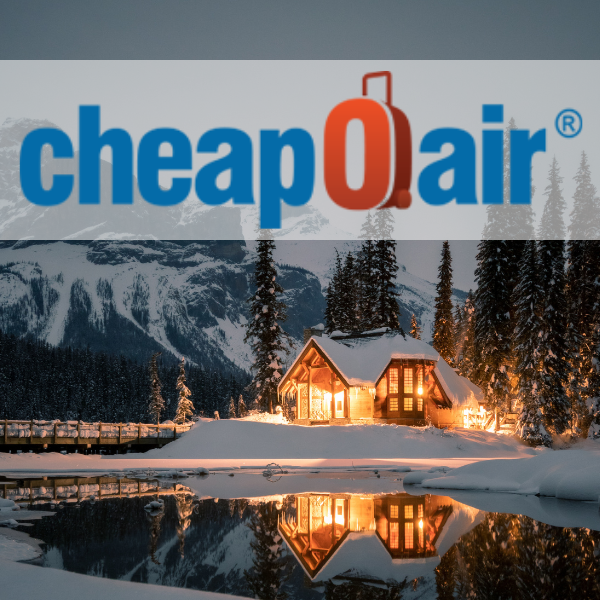TRAVEL IS ON THE RISE. IT'S TIME TO RE-ANALYZE NIAGARA BOUND TOURS & TRAVELS, ISN'T IT?
One of the most exciting prospects of life this year is that a more welcoming invitation to travel has returned. Although not in the manner we were once accustomed, the less restrictive ability to freely explore has been tremendously refreshing. Despite difficulties faced by the tourism industry, such as inflation and labour shortages, the World Travel & Tourism Council (WTTC)[1] has projected a strong decade of growth on the horizon. With average annual increases of 5.8% between 2022 and 2032, it outpaces the overall economy growth rate of 2.7% per year. Research is showing a strong case for the global tourism industry to return to 2019 levels by the end of 2023.
Travel in Canada has shown similar improvement this year. While data remains below pre-pandemic levels, tourism spending has consistently increased and the trajectory towards complete recovery at a national level is also very strong. Canada began the year with $15.7 billion in tourism spend for Q1, and although it was a mere 1.3% increase to the previous quarter, it saw a 19.8% increase in Q2 coming in at $18.7 billion.[2] While domestic travel has outperformed international over this past year, Destination Canada shows total traveller arrivals from international marketing making a comeback, with positive trending in both 2020 and 2021.[3] To experience a flourishing sector, plans must be manifested to intentionally attract a larger inbound audience, especially in Niagara.

With Ontario owning 42.7% of all travels to Canada[4] and the global travel climate opening, Niagara possesses a substantial opportunity to expedite its own tourism recovery. Earlier this year, the Tourism Sentiment Index released the 50 Most Loved Destination in Canada, with Niagara ranking 3rd place[5], only further confirming what we already know – that people all around the world have a desire to experience what Niagara has to offer.
Considerations to Attracting More Niagara Bound Tours & Travels
Tourism has always maintained its position as a key sector in Niagara, attracting tens of millions of visitors a year and more than $2 billion in expenditures.[6]. Stability, however, also brings risk of stagnancy and complacency. With the resurgence in travel, we challenge Niagara to consider diversifying its approach to inbound tourism with a few key considerations.
Strengthen Marketing Initiatives
Wanting a destination vacation is one thing, especially a destination as widely recognized as Niagara. Knowing where to go and what to do once they arrive is another thing all together. When reviewing other destinations such as New York, London, or Singapore, there is a vast distinction with messaging across several channels. A variety of itinerary-based travel recommendations, multi-day packages and promotions are highly prevalent.
Target New Segments
Proactively research trending travel behaviours and identify which audiences Niagara can add the most attractive value to, such as cycling, fishing, sports entertainment, and sustainable tourism. Each of these segments represent a robust financial picture worthy of targeting. Take fishing for example. Future Market Insights (FMI) released its 2022-2032 Market Outlook report showing that Fishing Tourism represents an estimated $78.5 billion in key global markets.[7]
Maximize MICE Travel Opportunities
Meetings, Incentives, Conferences and Events (MICE) is a year-round business, offering tremendous benefit to offsetting seasonality trends and mitigating resulting challenges related to employment fluctuations and labour shortages. Spending patterns reported by the WTTC1 indicate that pharmaceutical, manufacturing and construction industries are resuming travel of this nature ahead of others. Expand beyond tradeshows and expos and target those niche markets by utilizing digital channels and tailored messaging.
Diversify Accommodation Supply
International travellers have varying accommodation expectations, with many seeking a comparable world-class experience as other competing destinations have provided. Expanding our accommodation footprint to include more luxury and boutique options would be a wise investment. The further addition of accommodations sprouting beyond the centralized area in Niagara Falls is also befitting to a more regionalized approach to welcoming inbound tourism.
Improve Transportation Strategies
Spanning more than 1,800 square kilometres, Niagara includes twelve municipalities each with their own towns worthy of exploration. Destinations that are focused on implementing smart transportation technologies and creating unified partnerships tend to deliver a more accessible and convenience transportation experience. The easier it is for tourists to get around, the easier it is for them to spend across the community in which they are visiting.
Overall, the data surrounding tourism and travel trends presents an optimistic outlook for 2023 and beyond. As socio-economic climates continue to evolve and inflation begins to decrease, those trends are only expected to strengthen. By implementing a more modernized, cohesive approach to attracting tourists, Niagara would be well-positioned to capture more inbound tourism, increase stays and gain from more international spending.
Sources
1 https://wttc.org/Portals/0/Documents/Reports/2022/EIR2022-Global%20Trends.pdf
2 https://www.statcan.gc.ca/en/subjects-start/travel_and_tourism
3 https://www.destinationcanada.com/en/research
4 https://www.investontario.ca/tourism#tourism-video
5 https://www.sentiment-index.com/most-loved-canada
6 https://niagaracanada.com/key-sectors/tourism/
7 https://www.futuremarketinsights.com/reports/fishing-tourism-sector-overview-and-analysis







